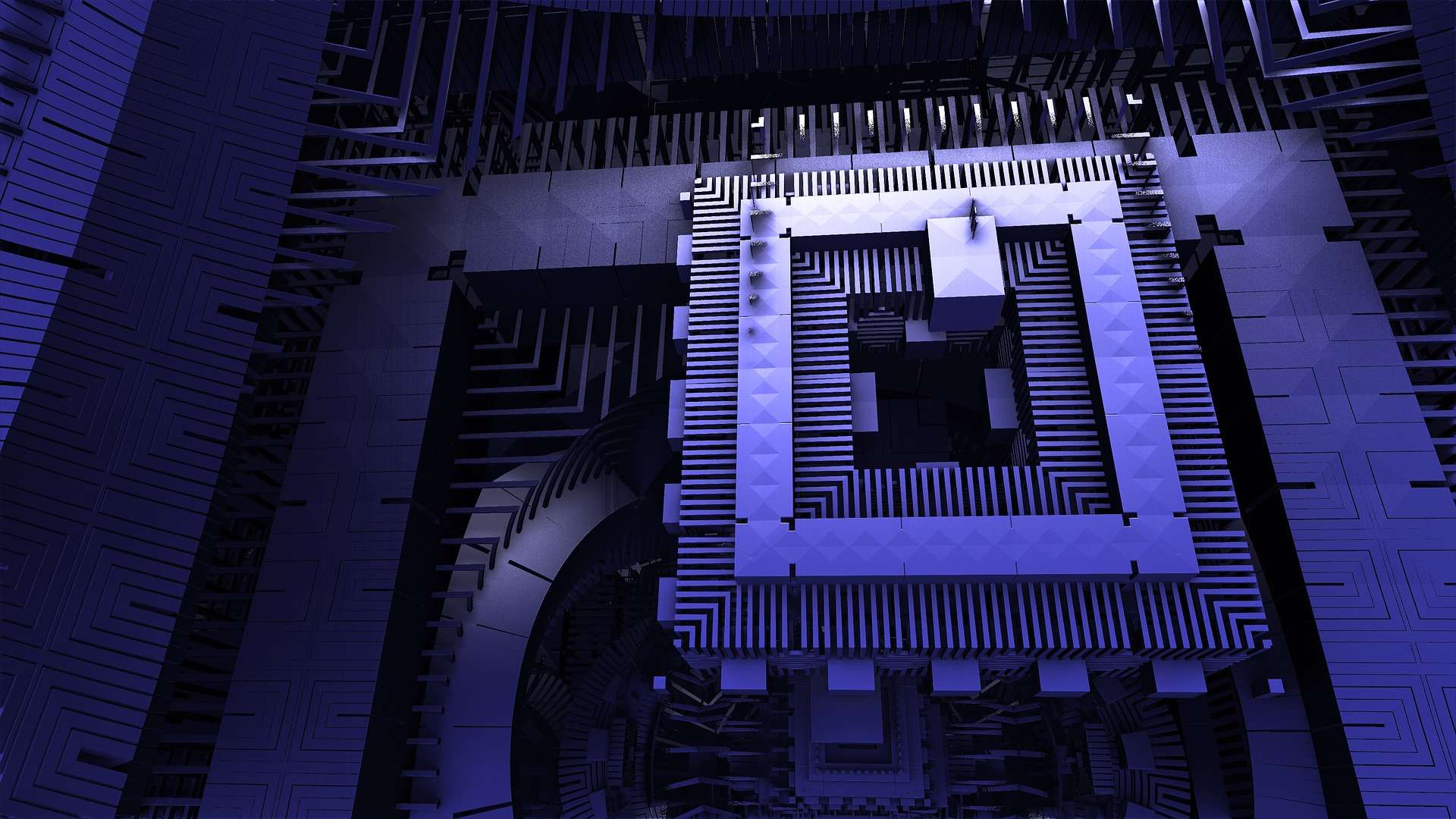Top 5 Quantum-Resistant Cryptos to Hold in 2025

- Quantum computing’s rapid advancements challenge blockchain security, urging focus on authentic quantum-resistant crypto solutions.
- Algorand and Hedera lead in quantum-resistant blockchain innovation, safeguarding history against future quantum threats.
Quantum computing is fast evolving, with innovations like Google’s new Willow processor altering technological norms, as we previously noted. Capable of doing computations in five minutes that would take classical supercomputers ages, Willow stands for both invention and an existential threat to blockchain security.
As Altcoin Daily points out, the impending arrival of quantum computing begs important issues regarding the longevity of present cryptographic protections in the crypto environment.
Quantum Computers: A Looming Challenge for Blockchain Claims
Although they are not now a real threat, researchers predict quantum computers will compromise encryption in five years. This approaching reality forces the crypto community to examine assertions of “quantum resistance” among blockchain initiatives.
It is imperative to find those with real quantum-resistant characteristics since not all blockchains claiming such capabilities offer real safety.
1. Algorand’s Falcon: Guarding Blockchain History Against Quantum Threats
Starting with Algorand, the movie offers a well-chosen list of five potential quantum-resistant coins. John Woods, CTO, discusses the application of Falcon, a modern cryptographic method protecting Algorand’s blockchain from upcoming quantum threats.
Cryptographic signing of every 256 blocks guarantees historical transaction integrity. Although future and present transactions are still susceptible, maintaining post-quantum resistance depends largely on safeguarding blockchain history.
2. Cellframe: Quantum-Safe Blockchain Built for Speed and Scalability
The second interesting effort is Cellframe. Its third-generation blockchain with a quantum-safe design provides scalability and post-quantum signature capabilities. Designed in the C programming language, Cellframe stands out from many rivals since it boasts low latency and great speed.
Its leadership has concentrated on becoming ready for the “quantum apocalypse,” guaranteeing flexibility with tools like multi-level sharding and simple upgrading capability.
3. Hedera Hashgraph: Advanced Cryptography for a Quantum-Resistant Future
Advanced cryptographic techniques of Hedera Hashgraph also stand out: SHA-384 hash, which is thought to be safe even against big-scale quantum computers.
With the ability to upgrade its network as needed, Hedera stresses proactive observation of quantum advances. The platform is rather popular since developers prefer its strong and futuristic architecture.
4. Bitcoin: Adapting to Quantum Computing Challenges
Surprisingly on the list is Bitcoin, sometimes attacked for its antiquated encryption rules. Notwithstanding worries, the Altcoin Daily team tells viewers that the endurance of Bitcoin comes from its adaptability.
Bitcoin can use algorithm changes to offset risks and maintain the integrity of most active wallets when quantum computers become commercially available. But inaccessible wallets—like those of Satoshi Nakamoto—may find target value.
5. QRL: Leading the Charge in Quantum-Safe Blockchain Innovation
Though its specifics remain available for further debate in the comment section of the video, the last reference is QRL (Quantum Resistent Ledger). By squarely tackling weaknesses caused by quantum computing, this project portrays itself as a front-runner in the quantum-safe blockchain race.
Although quantum computing promises unprecedented breakthroughs, its effects on crypto security cannot be underlined. A resilient blockchain ecosystem is being paved by initiatives such as Algorand, Cellframe, Hedera, and others. Anyone engaged in the crypto market should, as Altcoin Daily underlines, keep updated about these changes.